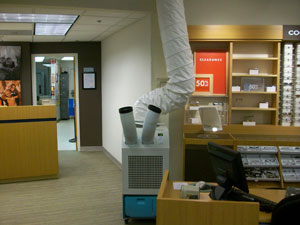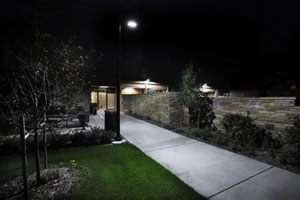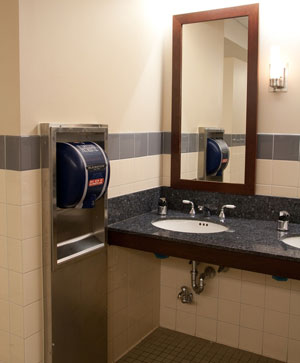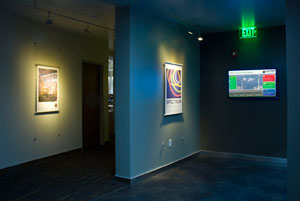view all Case Studies
Efficiency, Sustainability Goals Texas-Sized on New JPMorgan Chase Tower
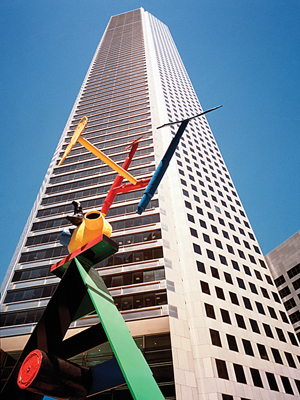
The tallest building in Texas parlayed several recent improvements into a Gold certification under the LEED for Existing Buildings green building rating system.
April 8, 2010 -
Commercial Office Facilities
As the saying goes, everything’s big in Texas. That certainly holds true for the efficiency and sustainability goals of Houston’s JPMorgan Chase Tower. The tallest building in Texas parlayed several recent improvements into a Gold certification under the LEED for Existing Buildings green building rating system.
The 1.6 million-square-foot, 75-story building features numerous green features and programs, but energy efficiency is its hallmark. The building is 41 percent more energy efficient and annually saves $1.48 per square foot in energy costs when compared to the national average office building using the CBECS method. It has an Energy Star rating of 91.
“The baseline used for comparison is the CBECS, or Commercial Building Energy Consumption Survey, sponsored by the U.S. Department of Energy. Baseline values are generated using an algorithm developed by the U.S. EPA, taking into account location, weather, building size, use and other characteristics,” says Jack Beuttell, sustainability manager for Hines.
Water efficiency is also a priority. The building uses reclaimed water to meet 100 percent of landscape irrigation needs. The building also saves an estimated 3 million gallons of water annually through high efficiency plumbing fixtures.
With about 80 tenants and 3,000 employees calling the building their workplace, implementing new recycling programs was a challenge. Prior to the LEED process, a basic program was in place, but the building now recycles plastic, glass, metal, batteries, durable goods, light bulbs and construction waste. Now, the building recycles 685 tons of its waste — 67 percent — annually.
To meet a LEED-EB prerequisite, low-mercury replacements were found for all of the hundreds of different lamp types in the building.
While Hines, the private real estate firm that manages the building, knew the LEED certification process would be a challenge, it recognized the growing importance of LEED certification to stay competitive in the marketplace.
“LEED certification is a new proxy for Class A quality,” says Adam Rose, a property manager at Hines who is highly involved in the company’s sustainability program. “Tenants are demanding it; investors are demanding it. Working in a green building is an important recruiting tool for tenants, who are accountable to shareholders, who are demanding environmental progress.”
Hines has 138 buildings, representing about 77 million square feet, that have earned the Energy Star label. Twelve Hines development or redevelopment projects, representing more than 6 million square feet, have been designated as Designed to Earn the Energy Star Label.
Next
Read next on FacilitiesNet









